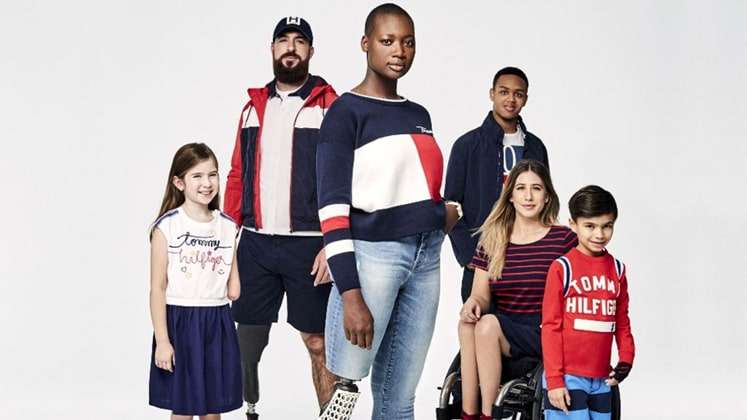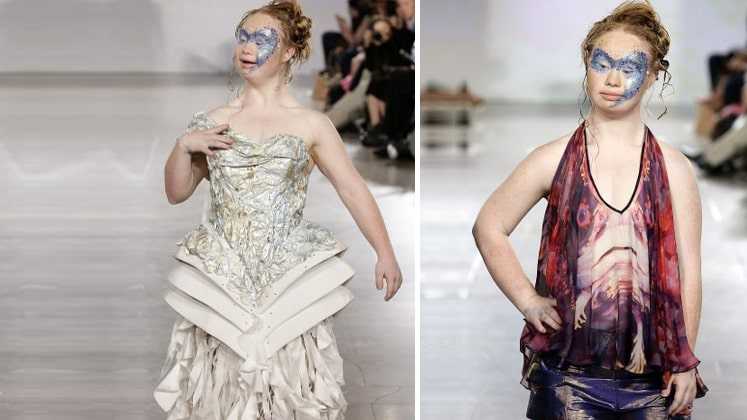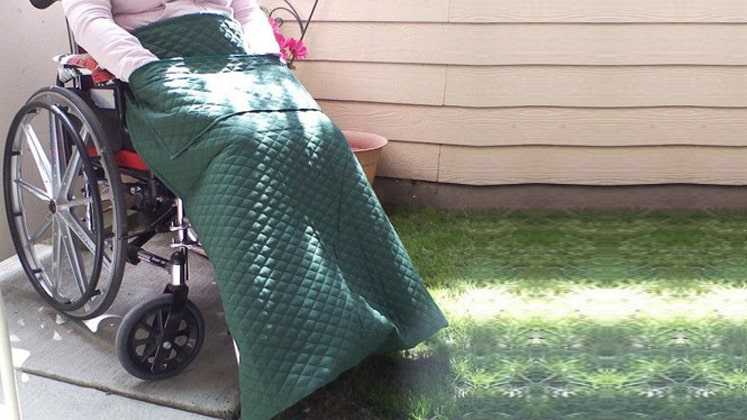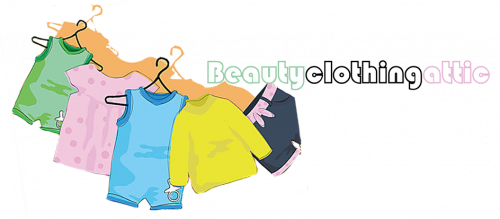
Thinking of fashion in better ways has been a challenge requiring extensive innovation. For nearly a decade, garment engineers, designers, researchers and the people with special needs or disabilities themselves have been working in close approximation to come up with adaptive design solutions for the problems faced by disabled population. Not only are the designers and brands serving a noble cause by catering to the needs of such customers, but the community is also a lucrative market segment for fashion retailers.
As is well said, ‘To be recognised as a brand, you need to recognise the unseen’. Fashion designers and brands are realising the need for garment designs which allow better mobility and adaptability to those with special needs. The past few years have seen a revolution in design ideologies by shifting the focus on products and services that improve the basic quality of life for the differently abled.
For the general populace, design is a means for better garment style, appearance or fabric feel, but to a person with impaired organs or disabilities in body parts, it is not the same. Over 15 per cent of the global population, which is around 1 billion, are fighting with disabilities and since an unspecified time, people with disabilities have been forced to adjust their already suffering body to fit in the garments structured for other people.
Imagine living with just one leg, and the clothes that you find around you do not suit your body type, leaving no other option but to step out for work or frolic in the garments that were not really made for your body. Not only does it look aesthetically unappealing, but it also portrays the life of an already physically struggling person as a tragedy depriving the emotions like beauty, sensuality and boldness, from being expressed.
In the words of Chelsie Hill , a young model and dancer who has been on wheelchair due to a spinal injury, “There’s been this stereotype that we can’t take care of ourselves, which means we can’t be fashionable.” Thus, the currently prevalent apparel structures definitely do not reduce their problems, and this is a challenge that is attracting attention of designers like Vongai N. Ruzive , who is a British womenswear designer addressing the daily-life issues of the disabled people.

Inspirational to many, the 21-year-old model Madeline Stuart is a powerful influencer with Down syndrome who has challenged the global perspective towards disabled people and has reserved a special place in the hearts of more than 850k followers on social media. She made her debut at the Spring 2016 collection by FTL Moda, an American design label at the New York Fashion Week runway.
Fashion means expression – the expression that can be bold and is able to reveal what’s inside to the world outside. This thought has been leveraged by the team of explicit designers at Cerebral Palsy Foundation that organises its ‘Design for Disability Gala’, an annual show that brings out new fashion with adaptive features for the disabled people.
Students from esteemed global fashion universities come up to witness and assist innovative designing of apparel for people with the differently abled dispositions. Contrary to a normally shaped garment, the structure of garments for the disabled cannot be generalised because every person’s body has different capabilities and limitations. Thus, it is actually a dare for the designers to create each design with a unique customisation.
For instance, a person on wheelchair might not be able to use the pockets on the dorsal sides of their waist, instead a pocket stitched on the ventral mid-thigh level will be more suitable for them to carry everyday items in a more friendly way, which again might differ from person to person.

Largely lauded for her adaptive seated designs and collections for people on wheelchair, Lucy Jones, a British designer , is introducing creations like hosiery and lingerie, apart from high-end fashion with combinations of knitted and woven fabrics specially crafted for the disabled. In India, 2020 saw the largest fashion show by and for the disabled individuals, held in Bengaluru, Karnataka.
From The Marketer’s Perspective
Speaking from the perspective of marketing, the consumer strength of people with disabilities sums total to even more than the LGBTQ, African-American and Latino market segments taken together, according to the International Center for Corporate Accountability . The net expenditure capacity of disability market segment is many folds higher than that of the pre-adolescent, and more than double the spending capacity of teenagers, which are the top sought-after target market segments.
People with disabilities definitely deserve every bit of freedom in terms of choices of garments they wear, and the idea has been transmogrified by many top companies to capture a larger powerful share of market. Some of such companies are listed below:
1. Bezgraniz Couture
With the vision of ‘Changing the world of fashion – we change the world’, the Russian company aims to reframe the concept itself and change the way people perceive of disability. The company was founded in 2010 by Janina Urussowa and Tobias Reisner in collaboration with designers from Russia and worldwide. The brand uplifts the idea of creating high-end fashion for the disabled people and promotes the designs for this newly emerging market.
2. Target
Launched in 2017, Target promotes apparel and accessories crafted with sensory- friendly pieces under the kids’ label named ‘Cat & Jack’. Another label by Target has introduced the adaptive clothing line specially design-engineered to fit the requirements of disabled women customers. The garments are manufactured using super-soft, high-quality knitted cotton fabric with flattened seams. Also, the brand has kept its clothing tagless since tags can be irritating or itchy to children with difficulties.
3. Tommy Hilfiger
Tommy Hilfiger (TH) first launched its collection for the customers with disabilities in 2016 with an entire line geared to provide clothing for impaired kids. In the coming year, TH expanded the line to adult customers of the same category, namely the Tommy Adaptive.
Tommy uses endorsements from popular icons from the community of differently abled to promote the collections every year. In 2018, the line featured Jeremy Campbell , Olympic champion and Mama Cax , a model with disability which won the brand accolades and appreciations globally.

Leave a Reply